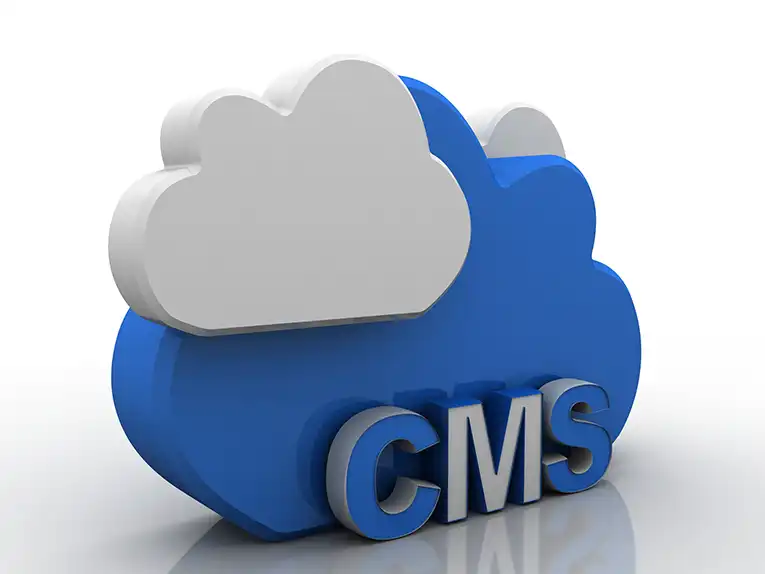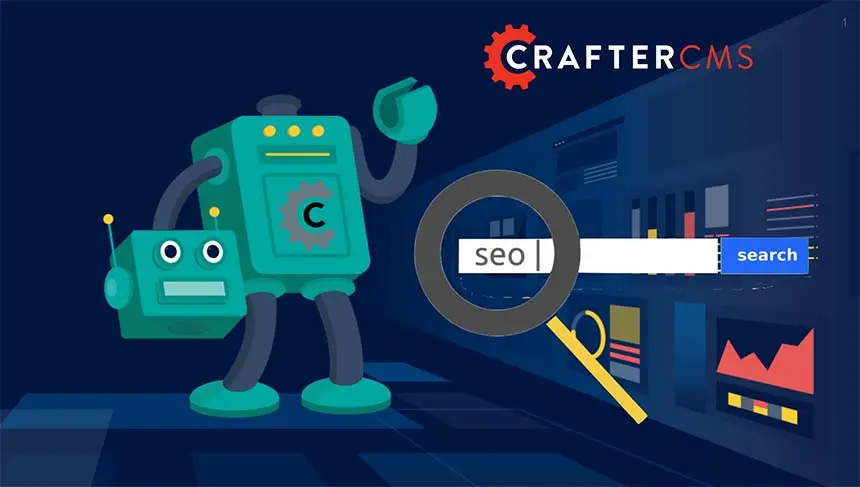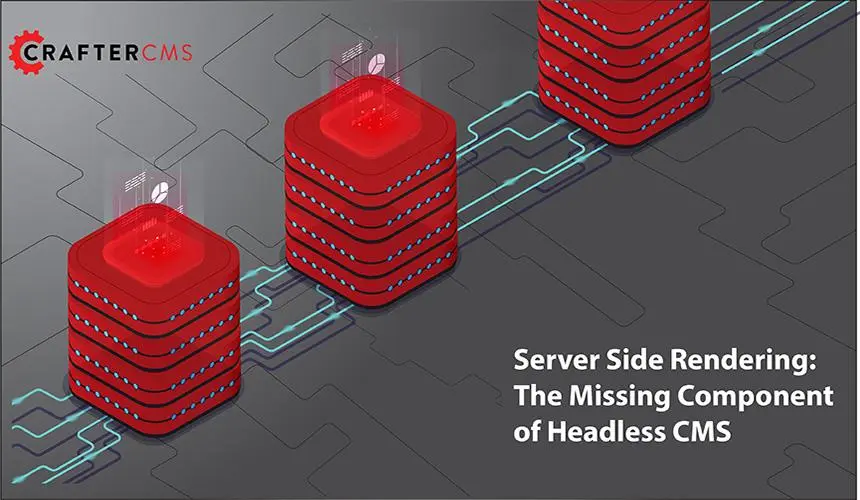Java CMS: Open Source or Closed Source?

Sara Williams

As of 2020, Java remained one of the top-five programming languages in the world. This means there's abundant talent with a thriving developer community, and a wide variety of quality Java-based tools. As a result, a Java CMS is perfect for Java developers and enterprises who want to build digital experiences using the wealth of available Java-based content management system tools.
To choose a CMS platform that meets your content management needs, you'll need to consider several factors. One crucial aspect is the CMS requirements of your enterprise. Java-based CMSs provide different features, pricing options, and degrees of scalability. However, another factor to consider is whether you want an open source or closed source CMS.
In this article, you’ll learn about Java CMS, the differences and benefits in choosing an open-source CMS, and how to choose the best Java CMS for you.
What Is An Open Source Java CMS (And How Does It Differ From Closed Source)
An open source Java CMS is a content management system with a backend written in Java, including multiple Java libraries and tools, and of course if licensed under an OSI-approved license such as GNU, Apache, or MIT. The best advantage of open source CMS is that the software is developed and maintained by an active community of developers, and provides the freedom for anyone to use it and modify the source code.
Comparatively, proprietary or closed-source CMSs are built and maintained by the organization and are not available for review or modification by external developers. Unlike closed source Java CMSs, open-source Java CMSs have no license fees or usage restrictions. Optionally, many open source CMSs are backed by one or more vendors who do offer commercial support and cloud managed services, providing all the benefits of a proprietary CMS with all the flexibility of open source.
When it comes to delivering high-quality backend software, Java-based platforms typically use frameworks like Spring. That’s because Spring provides excellent application infrastructure support. As a result, IT teams can concentrate on implementing business logic as the architecture takes care of the structure. Moreover, it’s not dependent on a specific deployment environment.
Similarly to other open source software, an open-source Java CMS offers tremendous opportunities for growth and innovation across a wide range of industries. It allows users to focus on the practical applications of the software to solve business problems and innovate around their needs rather than worrying about vendor lock-in.
Read More: Benefits of Open Source in Times of Uncertainty
Benefits of an Open Source Java CMS
Transparency
An open-source Java CMS benefits from open and transparent development, testing and release cycles by engaged programmers. With developers working on the code in the open and subject to community review, it will continually improve.
As a result, code changes are always available for review and comment, while approvals and check-ins are still managed by the project maintainer(s), ensuring the best possible code. In contrast, quality is hard to gauge with a closed-source Java CMS.
Lack Of Vendor Lock-in
In a 2020 survey by Percona, avoiding vendor lock-in, alternatively known as the SaaS trap, is one of the reasons most companies cite for choosing open-source software.
If your application uses a closed source CMS, all modifications, upgrades, or fixes are the organization's responsibility, and subject to their own priorities, whatever they may be. You're dependent on a single organization if your application runs on a proprietary system, regardless of how stable they may be.
Open source software offers protection from vendor lock-in since you can always export your sites, apps, content, data, and configurations at any time. You may even fork the source code as well.
Security
Java maintains a high level of security, thanks in part to its Java Virtual Machine (JVM), but also due to all the hardened enterprise applications that run on Java infrastructure. Moreover, open source software is more likely to be secure due to the transparency of the source code.
Developer Community
Another essential benefit of open source is the large developer community contributing to growing the product updates. The developer community helps substantially in testing new releases, and promoting and maintaining the quality standards of the CMS. Beyond this, they also usually contribute features, fixes, and add-ons to the CMS platform.
3 Things to Look For In a Java CMS
The interoperability, flexibility, and developer friendly features of a Java CMS are the most important characteristics to consider when choosing a Java CMS.
Interoperability
To provide users with a seamless digital experience, enterprises usually need to integrate many applications to the CMS. Therefore, you should select a CMS that has high interoperability. With it, you get robust integration capabilities out of the box.
CrafterCMS provides extensible REST APIs and GraphQL out of the box to integrate your app with other services.
Flexibility
A CMS should not restrict you to just Java and Java-based frameworks. CMSs today must be API-driven and headless. Headless CMSs can integrate with any frontend, which means the development team is not limited to building with technologies dictated by the CMS. Ideally, a modern Java CMS should be framework agnostic, allowing for compatibility with different development frameworks and tools.
In a modern headless CMS, users can pull data from external sources while also accessing content through APIs. Adding to this, a headless Java-based CMS provides an ideal way to implement single-page applications (SPAs), mobile apps, and any other headless application use case.
Spring & Groovy Support
You need a CMS that has all of the functionality you need to deliver the right content at the right time to your target audiences. For enterprise use cases, however, a robust architecture must lie behind all of those features and workflows.
Scripting languages and underlying framework support are just as essential to any CMS. Java development is made simpler and more efficient with Spring—the leading enterprise Java framework. By letting it do the heavy lifting, you can put more focus on core development tasks that have a real impact on your bottom line.
Groovy, a popular scripting language for Java, is a model of Java designed for enterprise functions. Groovy can be used to quickly build backend services and create new APIs on the CMS platform. Java developers will find it easy to integrate with existing systems and libraries, and to extend the core CMS platform features.
Read More: Innovate Faster With a Headless CMS Built on Spring and Spring Boot
CrafterCMS: The Open Source Java CMS For Your Content Needs
The content needs of modern applications are extensive, from personalized enterprise websites, portals, e-commerce experiences, OTT video apps, AR/VR to social channels, and more. Regardless of digital channel, you have to provide an engaging digital experience for your users aided by flexibility, interoperability, and reliable technical support. All these make an open source Java CMS the ideal solution for your modern CMS and to deliver engaging content on all digital platforms.
CrafterCMS is an open source headless CMS built on Java and Spring, with built-in Groovy scripting support. Quite simply, it helps leading enterprises create digital content that meets the needs of any audience -- while providing powerful support to content editors, software developers, and IT operations teams. Besides its extensive enterprise features, CrafterCMS is open source and allows for innovation. In addition, CrafterCMS offers commercial licensing and enterprise support for both self-hosted on-prem and fully-managed SaaS deployment models, certified builds and patches, user and developer training, and a certified partner ecosystem.
Want to learn more about Java CMS platforms? Watch our webinar: #NoJCR: Next Generation Java CMS.
Related Posts

Building Personalized Digital Experiences for a Cruise Liner

Sara Williams

CrafterCMS Wins More G2 Awards Spring 2024

Amanda Lee

What Is a Cloud CMS? (Unlocking the Benefits of a CMS in the Cloud)

Sara Williams

Headless CMS SEO (How to Do SEO Right With a Headless CMS)

Amanda Jones










